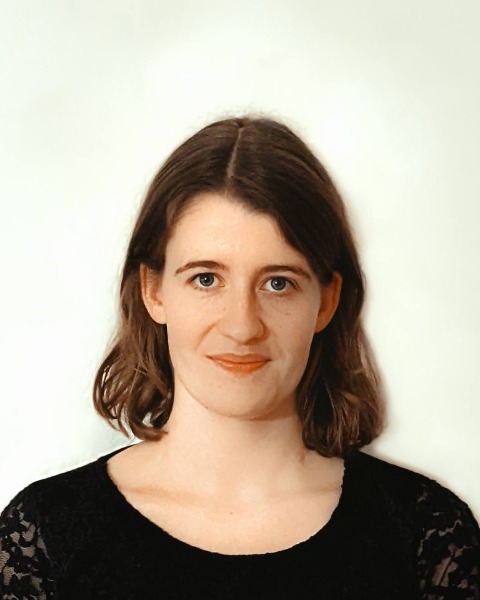Automation Technologies
High-throughput, Parallel Liquid-Liquid Extraction for on-Chip Purification in Nanoliter Scale

Janne J. Wiedmann, MSc
PhD Candidate
Karlsruhe Institute of Technology, Baden-Wurttemberg, Germany
Miniaturization and Parallelization of the chemical synthesis, characterization and screening of new molecules is an important task to accelerate the development of new biologically active molecules. The most challenging task is the purification of small amounts in a facile and time-saving way prior to the final screening of the pure compounds. This project aims to establish the liquid-liquid extraction (LLE) into the workflow of chemical synthesis in a parallel, high-throughput manner. In this work, the Droplet Microarray (DMA) is used to manipulate droplets for the miniaturized, high-throughput liquid-liquid extraction between an organic and an aqueous phase to separate a mixture of compounds according to their solubility. This powerful tool enables the parallel workup of a large number of samples with microliter volumes of solvents within minutes, with a broad range of further applications, as the platform is suitable for cell culture and microscopic analysis as well as for structural analysis like mass spectrometry or infrared microscopy.
The DMA was earlier developed in our group and consists of a microscopic glass surface chemically modified with a wettability pattern. This substrate enables highly precise location of stable droplets on omniphilic spots surrounded by omniphobic areas in an array of wall-less nanoliter spots. Those spots can be addressed by a liquid dispenser for automated formation and manipulation of droplets of various solvents in a nanoliter scale.
The merging of two liquids is achieved by shifted dispensing of the organic solvent, so that it spreads between the aqueous droplet and the neighbored spot. By evaporation of the aqueous phase, the two phases are separated automatically within minutes without any additional handling step. The high ratio of the interphase compared to the volume of few hundred nanoliters allows a high extraction efficiency. This efficiency is comparable to a separation funnel, that is used in common laboratories for iterative, manual workup of reaction mixtures. The whole procedure can be conducted excluding any manual shaking and thus enables an automated workflow.
The basic investigations have been made by extracting a dye from water to 1-octanol on squared droplets with a side length of 900 µm. Additionally, the separation of a mixture of dyes proved that the extraction is working as selectively as the separation funnel in the bulk synthesis.
By including this new technology in a semi-automated, high-throughput workflow of chemical synthesis, purification, analysis and biological screening on the same chip, this new way of liquid-liquid extraction accelerates the production and evaluation of new promising drug candidates. At the same time, this method is reducing the use of chemicals, consumables, and solvents to lead the drug development into a new level of sustainability and efficiency.


